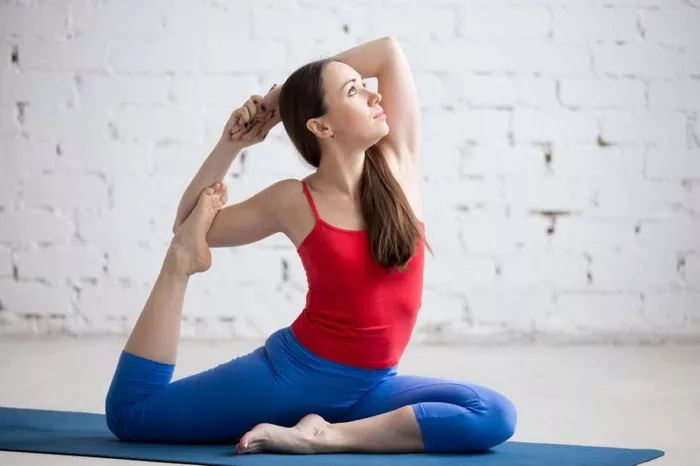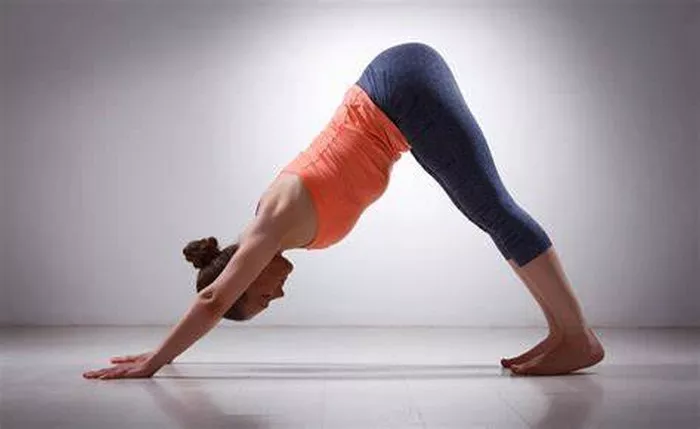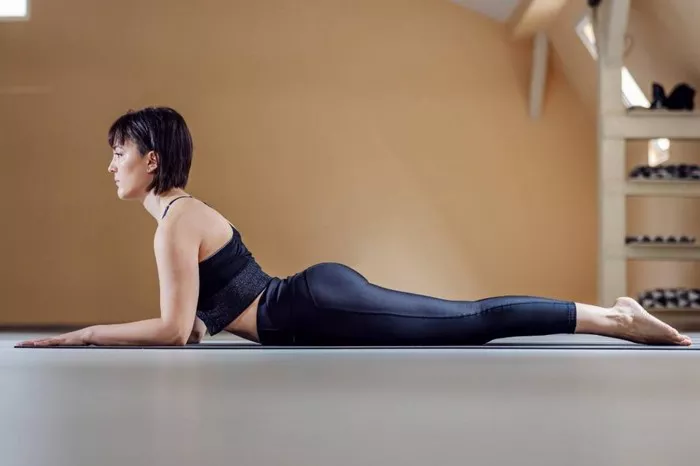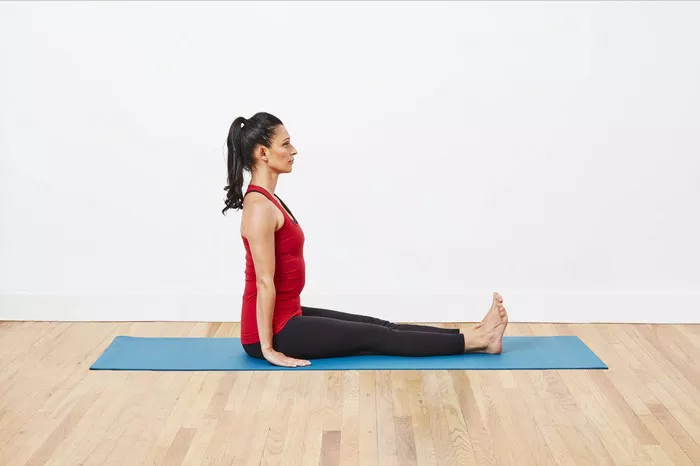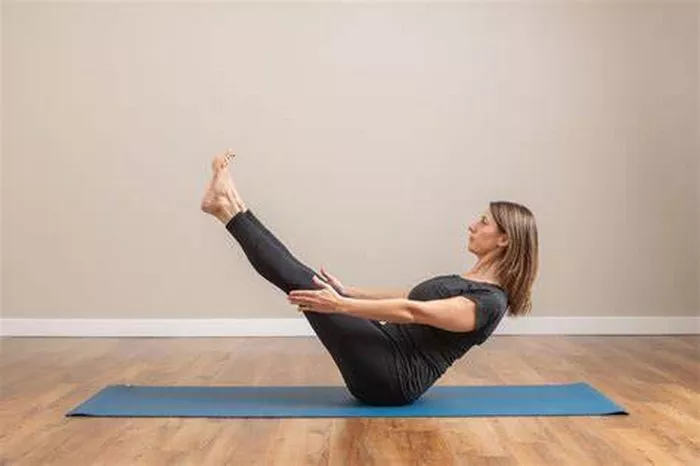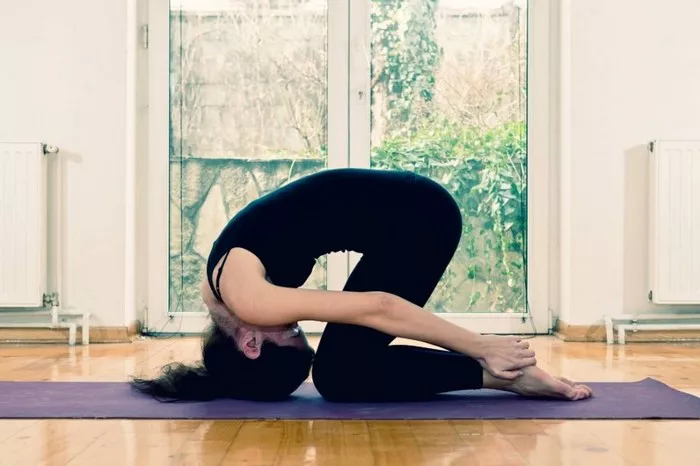Pranayama, a vital component of yoga, involves controlled breathing techniques designed to enhance physical, mental, and spiritual well-being. Rooted in ancient Indian traditions, it serves as a powerful tool for managing stress, improving lung capacity, and balancing the body’s energy systems. However, the practice of pranayama must be adapted to suit different physical states, especially during menstruation. The menstrual cycle is a natural process involving hormonal fluctuations and physical changes. During this time, the body often experiences fatigue, cramping, and emotional sensitivity. Hence, not all pranayama techniques are advisable. Recognizing which techniques to avoid is essential for maintaining harmony and avoiding unnecessary physical strain.
Why Some Pranayama Techniques Are Contraindicated During Periods
The physiology of menstruation involves the shedding of the uterine lining, accompanied by hormonal shifts and possible discomfort. Some pranayama practices, particularly those involving intense breath retention or abdominal engagement, can increase intra-abdominal pressure and disrupt the natural flow of menstruation. Furthermore, certain techniques stimulate the sympathetic nervous system, which may heighten stress and aggravate menstrual symptoms. Therefore, it’s crucial to select pranayama techniques that are gentle, supportive, and calming. Techniques that overactivate the body or demand significant energy should be avoided to support the natural detoxifying process of menstruation.
Pranayama Techniques to Avoid During Menstruation
Below are the primary pranayama techniques that are generally not recommended during periods:
1. Kapalabhati Pranayama (Skull Shining Breath)
Kapalabhati involves forceful exhalations driven by abdominal contractions. This technique is known for its energizing effects and its stimulation of the abdominal region. However, during menstruation, this forceful movement can lead to increased abdominal pressure, aggravating cramps and disrupting the downward flow of Apana Vayu—the energy responsible for elimination and menstruation. Additionally, it may increase fatigue rather than relieve it, which contradicts the body’s natural need for rest during periods.
2. Bhastrika Pranayama (Bellows Breath)
Bhastrika is characterized by rapid and forceful inhalation and exhalation. It significantly raises body heat and activates the nervous system. While beneficial in boosting metabolism and mental alertness, Bhastrika may be too stimulating during menstruation. The rapid, intense breathing can strain the lower abdomen, potentially causing discomfort or exacerbating pain. Moreover, the rise in body temperature may increase irritation and restlessness, which are already common symptoms during periods.
3. Kumbhaka Pranayama (Breath Retention)
Kumbhaka, or breath retention, includes both Antar Kumbhaka (retention after inhalation) and Bahya Kumbhaka (retention after exhalation). These practices demand significant control and concentration. While excellent for advanced energy regulation, they can be taxing on the body. During menstruation, breath retention may disrupt the natural rhythm of the body, create tension in the abdominal and pelvic regions, and impede the smooth flow of menstrual blood, potentially leading to bloating and increased discomfort.
4. Agnisar Kriya (Fire Cleansing Technique)
Although technically a kriya, Agnisar is often practiced alongside pranayama. It involves rapid abdominal movements and breath manipulation. Its purpose is to ignite the digestive fire and cleanse the internal organs. However, the rigorous movement of abdominal muscles and the intense focus required make it unsuitable during menstruation. It can cause undue stress on the uterus and exacerbate cramps or pelvic discomfort.
Why These Techniques Are Problematic During Menstruation
Each of the pranayama techniques mentioned above has specific characteristics that can be counterproductive during menstruation:
- Increased Intra-abdominal Pressure: Techniques like Kapalabhati and Agnisar involve strong abdominal contractions, which can press on the uterus and heighten pain.
- Energy Stimulation: Bhastrika and similar energizing pranayamas may lead to overstimulation, disrupting the rest-oriented state the body naturally requires.
- Disruption of Natural Flow: Kumbhaka can interfere with the smooth movement of Apana Vayu, essential for proper menstrual flow.
- Potential for Dehydration and Fatigue: Intense breath work increases metabolic demands, potentially leading to dehydration or fatigue during an already draining phase.
Understanding these adverse effects can help practitioners make informed decisions and prevent unintentional harm during menstruation.
Suitable Alternatives: Pranayama Practices That Are Safe
Not all pranayama practices are off-limits during periods. Several gentle and calming techniques can provide comfort, reduce stress, and support overall well-being without straining the body. These include:
1. Anulom Vilom (Alternate Nostril Breathing)
This technique involves alternate nostril breathing without breath retention. It balances the left and right hemispheres of the brain, promotes relaxation, and stabilizes the nervous system. Anulom Vilom is gentle and does not exert pressure on the abdomen, making it a safe and beneficial choice during menstruation.
2. Sheetali Pranayama (Cooling Breath)
Sheetali has a cooling and calming effect on the body and mind. By inhaling through a rolled tongue and exhaling through the nose, this technique helps reduce irritability and heat, which can be especially soothing during menstrual discomfort. It can also alleviate mood swings and support emotional balance.
3. Sheetkari Pranayama (Hissing Breath)
Similar to Sheetali, Sheetkari involves inhaling through the clenched teeth and exhaling through the nose. It also helps cool the body and relax the mind. This technique is ideal for women experiencing hot flashes, mood swings, or tension during their periods.
4. Bhramari Pranayama (Humming Bee Breath)
Bhramari creates a gentle humming sound during exhalation, which soothes the nervous system and induces a meditative state. It helps relieve anxiety, irritability, and emotional turbulence. This technique requires minimal physical effort and can be practiced comfortably during menstruation.
5. Ujjayi Pranayama (Victorious Breath)
Although typically used in dynamic yoga flows, Ujjayi can be practiced gently in seated positions to promote internal awareness and calmness. Its soft constriction of the throat soothes the mind and fosters concentration, making it suitable if practiced gently and without strain.
Tips for Practicing Pranayama During Menstruation
To ensure safe and effective practice of pranayama during periods, consider the following tips:
- Listen to Your Body: Always respect your physical state. If a technique feels uncomfortable or exhausting, discontinue it immediately.
- Avoid Long Sessions: Keep pranayama sessions shorter and more restorative. Aim for 10-15 minutes of gentle breathing.
- Practice in a Comfortable Position: Sit or lie in a relaxed posture. Use props like cushions or bolsters to support your back and hips.
- Stay Hydrated: Drink plenty of water before and after your practice to maintain hydration and support detoxification.
- Create a Calm Environment: Choose a quiet, peaceful space for your practice. Dim lighting and soft music can enhance relaxation.
- Avoid Breath Retention: During menstruation, avoid any breath retention unless under the guidance of an experienced instructor.
Consulting a Qualified Yoga Instructor
Every individual is unique, and menstrual experiences vary widely. Consulting a qualified yoga instructor can help personalize your pranayama practice according to your body’s needs. A trained teacher can provide modifications, ensure proper technique, and help you avoid practices that may cause harm. If you have specific health conditions like endometriosis, fibroids, or irregular cycles, professional guidance becomes even more critical.
Final Thoughts
Pranayama is a valuable tool for enhancing well-being, but its application must be sensitive to the body’s changing needs, especially during menstruation. Avoiding intense practices like Kapalabhati, Bhastrika, Kumbhaka, and Agnisar during periods helps preserve energy, reduce discomfort, and support the natural healing process. Instead, focus on gentle techniques like Anulom Vilom, Bhramari, and Sheetali to foster relaxation and emotional balance. With mindful practice, pranayama can be a comforting companion throughout every phase of a woman’s cycle.
By understanding and honoring these distinctions, women can continue to enjoy the benefits of pranayama while maintaining their physical and emotional well-being during menstruation.
Related Topics:



